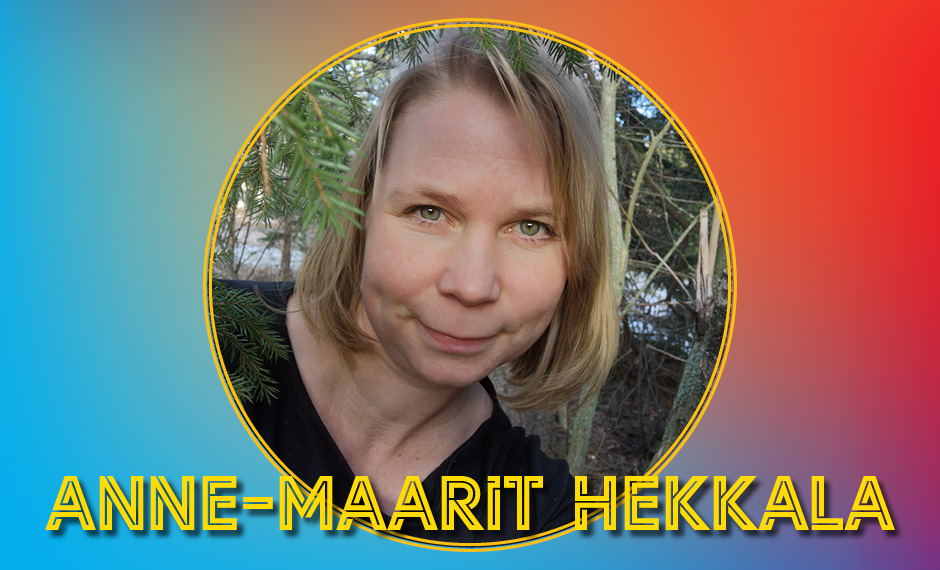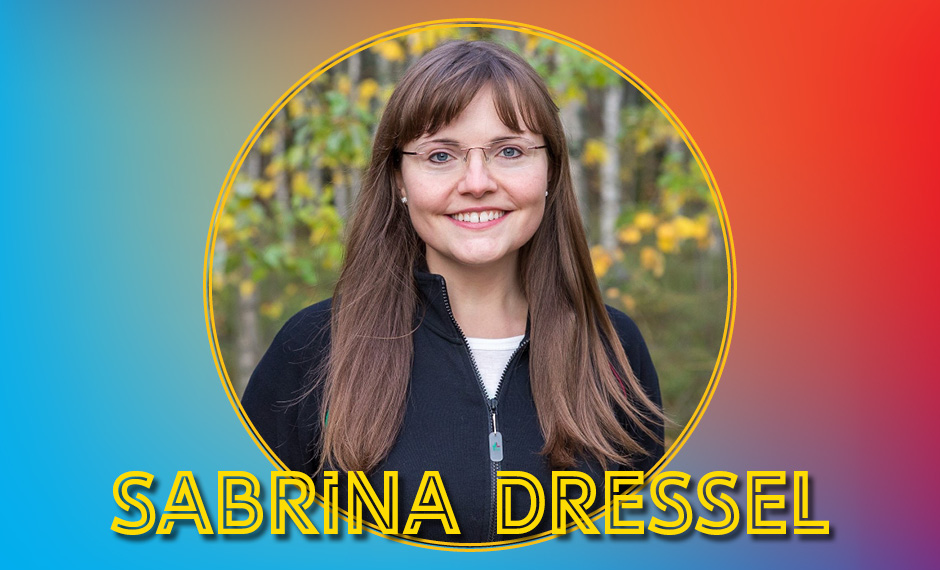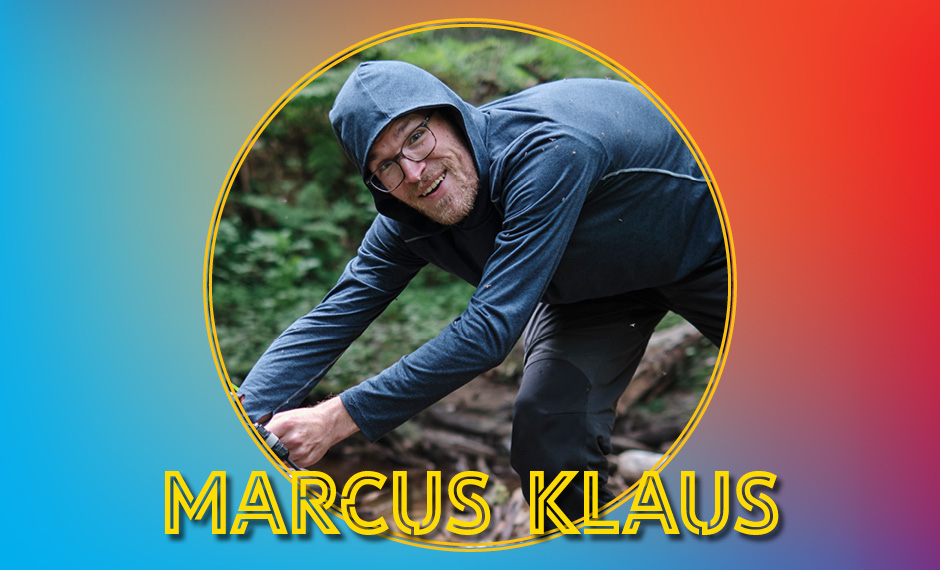
Fantastiska arter och hur man hittar dem
När skog avverkas försvinner inte bara träden utan också livsmiljön för många andra arter. Det har gjort att vi idag har väldigt många arter som är hotade. Hur ska man då göra för att hitta de skogar där dessa arter finns idag?
Sverige är ett land med mycket stora områden skog – ungefär 70 % av landets yta. Att gå igenom hela den svenska skogen för att leta efter väldigt små och ovanliga arter skulle ta för lång tid. Många av arterna skulle hinna försvinna under den tiden på grund av bland annat skogsbruket. I min forskning arbetar jag med metoder för att med hjälp av olika genvägar hitta de miljöer som de hotade arterna lever i. Jag vill veta om det finns sätt att hitta de här arterna utan att behöva leta efter arterna själva. Målet med forskningen är att skapa förutsättningar för effektivare naturvård.
Kontakt:
Forskare vid Institutionen för vilt, fisk och miljö.
[email protected]













